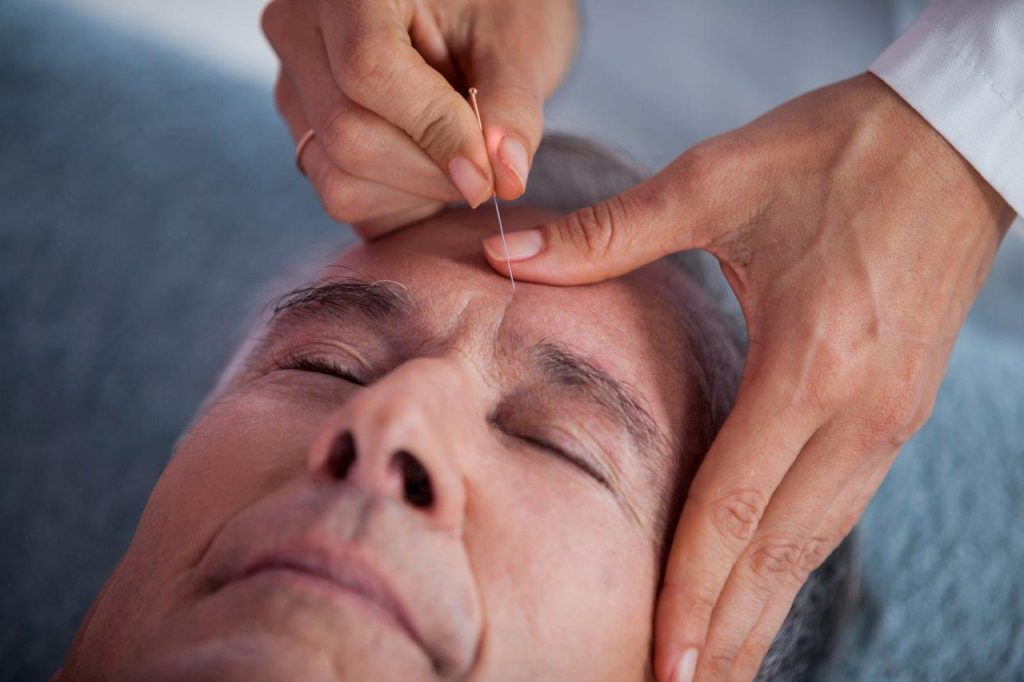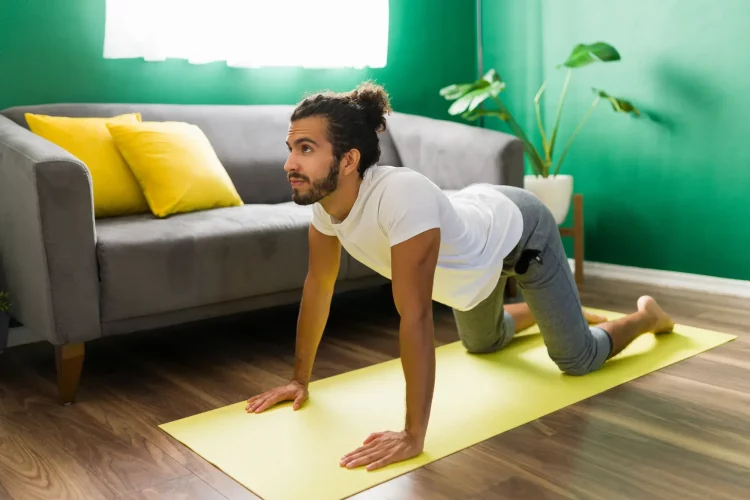For thousands of years, acupuncture has held a central place in Traditional Chinese Medicine (TCM), promising to harmonize the body’s energy—or “Qi”—by stimulating specific meridian points with ultra-fine needles. Long dismissed by skeptics as unscientific or placebo-driven, acupuncture is now reemerging in the spotlight for a very modern ailment: anxiety. With global stress levels soaring post-pandemic and conventional treatments like SSRIs and benzodiazepines facing increasing scrutiny for side effects and dependency risks, many are turning to ancient modalities. But does acupuncture really work for anxiety? And can science help bridge the gap between needles and neuroscience?
Clinical Studies on Acupuncture and Cortisol Reduction
Anxiety is a complex mental health condition characterized by heightened stress responses, often linked to elevated levels of cortisol, the body’s primary stress hormone. In recent years, acupuncture has been investigated for its potential to modulate the hypothalamic-pituitary-adrenal (HPA) axis and rebalance neurotransmitter activity.
Multiple clinical trials and systematic reviews have reported promising outcomes. A 2017 randomized controlled trial published in the Journal of Acupuncture and Meridian Studies found that participants who underwent six weeks of acupuncture treatments showed statistically significant reductions in salivary cortisol compared to the control group. This is notable because elevated cortisol has been directly associated with anxiety, insomnia, and even digestive issues.
Another meta-analysis from The Journal of Affective Disorders in 2021 pooled data from over 20 studies involving nearly 2,000 patients and concluded that acupuncture demonstrated efficacy comparable to conventional medications, with fewer adverse effects. While the authors called for more rigorous, double-blind trials, they highlighted the biological plausibility of acupuncture’s action on GABA and serotonin pathways.
Further supporting evidence comes from fMRI studies, which show altered brain activity in regions like the amygdala and prefrontal cortex after acupuncture sessions. These regions are known to regulate mood, fear response, and executive function—core aspects affected by chronic anxiety.
What to Expect in a Session (Pain, Cost, Frequency)
If you’ve never tried acupuncture before, the idea of multiple needles penetrating your skin may sound unsettling. But most people report little to no pain—often describing the sensation as a mild tingling, dull pressure, or warmth. Practitioners use sterile, hair-thin needles that are gently inserted at precise anatomical points. Each session typically lasts between 30 to 60 minutes, with clients lying in a dim, tranquil setting often enhanced by soft music or aromatherapy.
During your first visit, expect a detailed intake process that explores not only your mental health symptoms but also your digestion, sleep patterns, and overall energy levels. This is rooted in TCM’s holistic approach, where the emotional and physical are seen as deeply intertwined.
The frequency of treatments varies depending on the severity of anxiety. Acute episodes may require bi-weekly sessions, while maintenance treatments often shift to once every two to four weeks. Many patients begin noticing changes in mood, sleep quality, and emotional regulation within three to six sessions.
As for cost, prices range widely depending on geographic location and practitioner experience. In major cities, a single session can cost anywhere from $75 to $150, though package deals or community acupuncture clinics may offer more affordable options. In some countries, health insurance may partially cover acupuncture if it’s prescribed for a diagnosed medical condition.
Safety-wise, acupuncture is generally considered low-risk when performed by licensed professionals. Side effects are rare but may include minor bruising, lightheadedness, or fatigue—often viewed as transient signs of “Qi shifting.”
Complementary Practices Like Acupressure Mats
If you’re acupuncture-curious but needle-averse, acupressure mats present a DIY alternative that’s growing in popularity. These mats are covered in small plastic spikes designed to stimulate acupoints when you lie down on them. Users typically recline on the mat for 10 to 30 minutes daily to promote relaxation, ease back tension, and support circulation.
Though acupressure mats lack the precision and individualized tailoring of professional acupuncture, some studies suggest they may modestly reduce cortisol and blood pressure by activating the parasympathetic nervous system—the body’s rest-and-digest mode. Anecdotally, many users report improved sleep, reduced muscle stiffness, and a grounding effect after use.
For a more refined experience, acupressure pillows target neck tension and can be used while watching TV or meditating. These are often paired with magnesium sprays, lavender oils, or binaural beats to deepen the sense of calm.

Other complementary practices that align well with acupuncture include:
- Breathwork and pranayama: Breathing techniques help regulate the vagus nerve, enhancing the calming effects of acupuncture.
- Herbal adaptogens: Ashwagandha, Rhodiola, and Chinese herbal blends are often prescribed alongside acupuncture in integrative practices.
- Tai Chi and Qigong: These gentle, meditative movements echo acupuncture’s meridian philosophy and can improve emotional resilience over time.
A few innovators have gone a step further, developing digital acupressure apps that guide users to stimulate specific points with their fingertips, often coupled with mindfulness cues or sound therapy. While not a replacement for clinical acupuncture, these tools reflect growing consumer demand for accessible, tech-enabled self-care.
The Neuroscience of Needles: Placebo or Powerful?
Skeptics often attribute acupuncture’s benefits to placebo, and there’s no denying that the ritualistic, calming environment of a session can in itself be therapeutic. However, to dismiss acupuncture entirely as placebo overlooks a large and growing body of research that suggests genuine neurochemical and physiological effects.
For example, researchers at Harvard Medical School have identified increased endorphin production and dopamine release following acupuncture. These neurotransmitters not only elevate mood but also buffer the stress response. Additionally, acupuncture appears to modulate heart rate variability (HRV), an important biomarker of autonomic nervous system health and emotional flexibility.
What makes acupuncture particularly compelling is its systems-based approach. Unlike pharmaceuticals that target a single receptor or pathway, acupuncture interacts with multiple systems simultaneously: immune modulation, hormone regulation, neurovascular stimulation, and emotional processing. In many ways, it exemplifies the “multimodal” interventions now being embraced in modern integrative medicine.
Final Thoughts: A Needle Toward Balance
Anxiety doesn’t arise in a vacuum—it reflects a cascade of imbalances in the mind, body, and spirit. While modern treatments offer symptom suppression, they often neglect root causes or long-term sustainability. Acupuncture, with its millennia-old framework and growing scientific validation, offers a different model—one that prioritizes balance over suppression, and connection over isolation.
For individuals seeking alternatives or adjuncts to medication, acupuncture presents a credible, low-risk option worth exploring. Whether used on its own or alongside therapy, nutrition, and movement, acupuncture invites us to slow down, breathe deeply, and recalibrate from the inside out.
The future of anxiety treatment may well lie in combining ancient tools with modern data. As science continues to demystify how acupuncture works, what once seemed esoteric now appears remarkably aligned with emerging models of mind-body medicine. In a world spinning faster than ever, perhaps it’s time we look to the stillness of a needle to help us find calm.











































